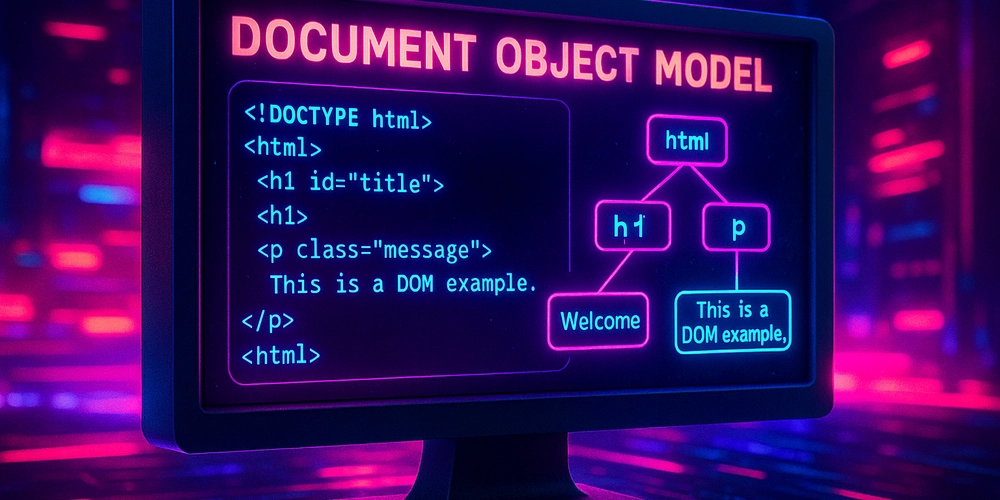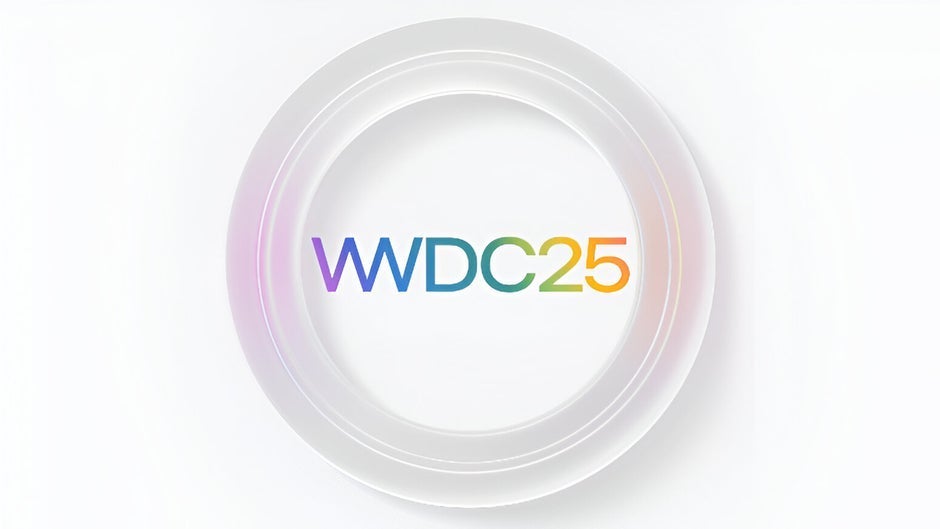Understanding the HTML DOM: A Practical Guide for Beginners
The HTML DOM (Document Object Model) is the programming interface for HTML and XML documents. It represents the page so that programs can change the document structure, style, and content. With the DOM, HTML elements become objects, and you can manipulate them using JavaScript. Why Is the DOM Important? The DOM allows web developers to: Access and update the content of a webpage. Change styles and attributes dynamically. Add or remove HTML elements on the fly. Respond to user interactions like clicks, typing, or scrolling. DOM Structure: A Tree of Nodes When a browser loads a web page, it creates a DOM tree where every element, attribute, and piece of text becomes a node. Welcome This is a DOM example. In the DOM: is the root node. is a child of . and are children of . "Welcome" and "This is a DOM example." are text nodes. Accessing DOM Elements You can access elements using JavaScript: // Get element by ID let heading = document.getElementById("title"); // Get element by class let message = document.querySelector(".message"); Modifying DOM Elements Once selected, you can change their content, style, or attributes: // Change text content heading.textContent = "Hello, World!"; // Change style message.style.color = "blue"; // Add a new class message.classList.add("highlight") Adding and Removing Elements You can create new elements and add them to the DOM: // Create a new element let newPara = document.createElement("p"); newPara.textContent = "This paragraph was added dynamically!"; document.body.appendChild(newPara); To remove an element: document.body.removeChild(newPara); Handling Events You can respond to user actions: Click Me function changeHeading() { document.getElementById("title").textContent = "You clicked the button!"; } Final Thoughts Mastering the DOM is essential for any web developer. It gives you full control over your webpage, letting you create interactive and dynamic content. Practice manipulating DOM elements and you'll gain the skills to build responsive and engaging web apps.

The HTML DOM (Document Object Model) is the programming interface for HTML and XML documents. It represents the page so that programs can change the document structure, style, and content. With the DOM, HTML elements become objects, and you can manipulate them using JavaScript.
Why Is the DOM Important?
The DOM allows web developers to:
Access and update the content of a webpage.
Change styles and attributes dynamically.
Add or remove HTML elements on the fly.
Respond to user interactions like clicks, typing, or scrolling.
DOM Structure: A Tree of Nodes
When a browser loads a web page, it creates a DOM tree where every element, attribute, and piece of text becomes a node.
Welcome
In the DOM:
is the root node.
is a child of .
and are children of .
"Welcome" and "This is a DOM example." are text nodes.
Accessing DOM Elements
You can access elements using JavaScript:
// Get element by ID
let heading = document.getElementById("title");
// Get element by class
let message = document.querySelector(".message");
Modifying DOM Elements
Once selected, you can change their content, style, or attributes:
// Change text content
heading.textContent = "Hello, World!";
// Change style
message.style.color = "blue";
// Add a new class
message.classList.add("highlight")
Adding and Removing Elements
You can create new elements and add them to the DOM:
// Create a new element
let newPara = document.createElement("p");
newPara.textContent = "This paragraph was added dynamically!";
document.body.appendChild(newPara);
To remove an element:
document.body.removeChild(newPara);
Handling Events
You can respond to user actions:
Final Thoughts
Mastering the DOM is essential for any web developer. It gives you full control over your webpage, letting you create interactive and dynamic content. Practice manipulating DOM elements and you'll gain the skills to build responsive and engaging web apps.












































































































































































![[The AI Show Episode 146]: Rise of “AI-First” Companies, AI Job Disruption, GPT-4o Update Gets Rolled Back, How Big Consulting Firms Use AI, and Meta AI App](https://www.marketingaiinstitute.com/hubfs/ep%20146%20cover.png)






























































































































![Ditching a Microsoft Job to Enter Startup Hell with Lonewolf Engineer Sam Crombie [Podcast #171]](https://cdn.hashnode.com/res/hashnode/image/upload/v1746753508177/0cd57f66-fdb0-4972-b285-1443a7db39fc.png?#)



























































.jpg?width=1920&height=1920&fit=bounds&quality=70&format=jpg&auto=webp#)




















































-Nintendo-Switch-2-Hands-On-Preview-Mario-Kart-World-Impressions-&-More!-00-10-30.png?width=1920&height=1920&fit=bounds&quality=70&format=jpg&auto=webp#)










































































































-xl.jpg)






























![New iPad 11 (A16) On Sale for Just $277.78! [Lowest Price Ever]](https://www.iclarified.com/images/news/97273/97273/97273-640.jpg)

![Apple Foldable iPhone to Feature New Display Tech, 19% Thinner Panel [Rumor]](https://www.iclarified.com/images/news/97271/97271/97271-640.jpg)


































































































